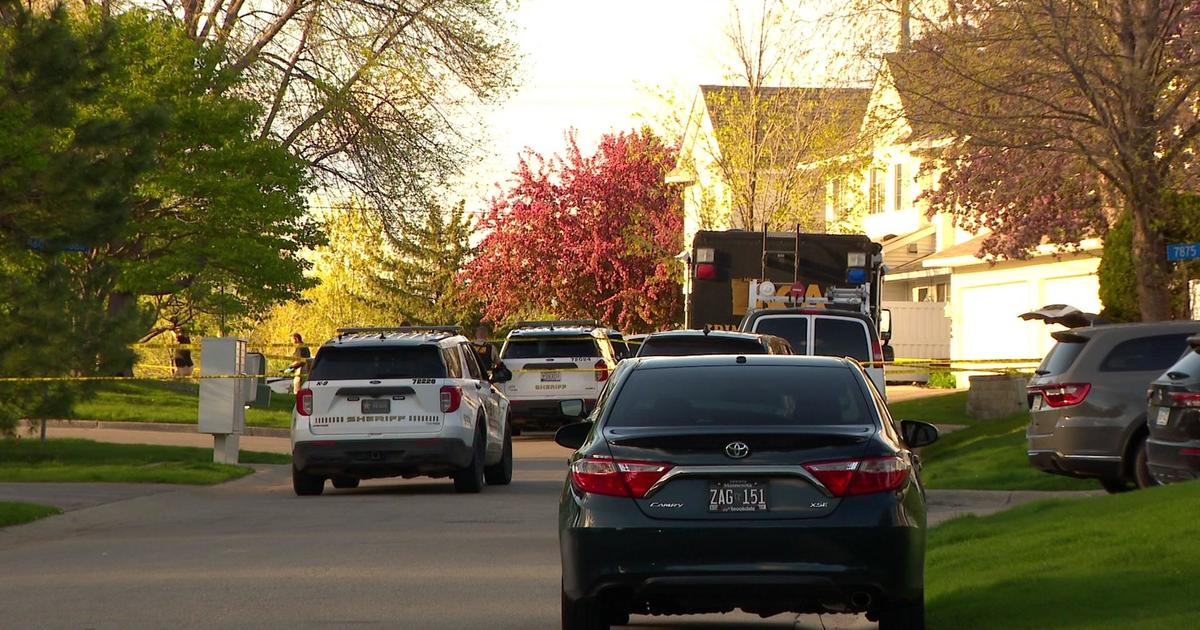Where Does Minnesota's Power Come From?
MINNEAPOLIS (WCCO) -Minnesota's biggest electric utilities have pledged to go carbon-free by 2050. Through a lot of changes over the past two decades, Xcel Energy and Minnesota Power are already more than halfway there.
So, where does our power come from now? And where is it headed? Good Question.
According to the U.S. Energy Information Administration, 26% of Minnesota's electricity from Minnesota power plants came from nuclear in 2020. That was followed by coal (25%), wind (21%), natural gas (20%), solar (3%), biomass (2%) and hydro (2%). The percentage of wind and coal go up slightly, while the percentages of nuclear gas and nuclear drop slightly when the power from other states is added. According to Fresh Energy, that's about 10%.
"It's changing very quickly," said Chris Clark, President of Xcel Energy – MN, SD, and ND. "In fact, we're having luck changing it faster than we thought we would be able to."
Clark attributed the quickly changing energy mix across Minnesota partly to nuclear power and an increase in wind power. That's a big difference from twenty years ago, when Minnesota was typical across the country in its dependence on coal.
"We've added a significant amount of wind in the last few years," said Clark. "When we have a nice, windy day, we'll lower the output from our coal units."
Great River Energy will eliminate coal from its portfolio at the end of next year. Xcel Energy is scheduled to retire its last coal plant in 2030. Minnesota Power plans to stop burning coal in Minnesota in 2035.
"The primary reason is economics, that renewable energy has come down in cost so quickly," says Gabe Chan, a professor of energy technologies at the University of Minnesota Humphrey School of Public Affairs.
Utility companies have submitted proposals to the Public Utilities Commission on how they plan to manage power plants over the next 15 years. At Minnesota Power and Xcel Energy, those plans include new natural gas generation as the reliance on coal falls.
Environmental groups, including the Sierra Club, Fresh Energy, the Clean Grid Alliance, the Union of Concerned Scientists and the Minnesota Center for Environmental Advocacy, as well as consumer group Citizen Utility Board have submitted alternative proposals to Xcel's plan to the Public Utilities Commission.
"We're pleased that Xcel Energy plans to dramatically increase the amount of renewable electricity it produces," said Allen Gleckner, Lead Director of Clean Electricity at Fresh Energy. "However, our analysis shows that Xcel should plan for even more renewables and storage instead of new fossil generation and that doing so is a less risky, less expensive plan."
The President of the Iron Mining Association of Minnesota (IMA) asked if the proposals ensure a reliable and affordable source of energy.
"We want to make sure they're doing the right things for not just the customers, but the community," said IMA President Kelsey Johnson.
Chan says a carbon-free grid can be made reliable, but the state doesn't have the technology yet to do it completely without intermittency problems.
"If we tried to do this tomorrow we would have a lot of challenges," he said, while noting there are options.
Clark estimates Xcel could get to 80% carbon-free with today's technology, but it's the last 20% that will hard. He believes many of those advances will come in advanced nuclear, carbon sequestration, battery storage and hydrogen.
Chan points out it'll also be important to understand not only how the power supply might change, but also how the demand shifts, especially with the rise in popularity of electric vehicles.
"How do we go left foot, right foot, left foot, right foot in this discussion and not get too far ahead or actually do nothing because we're in a chicken and egg problem," he said.



